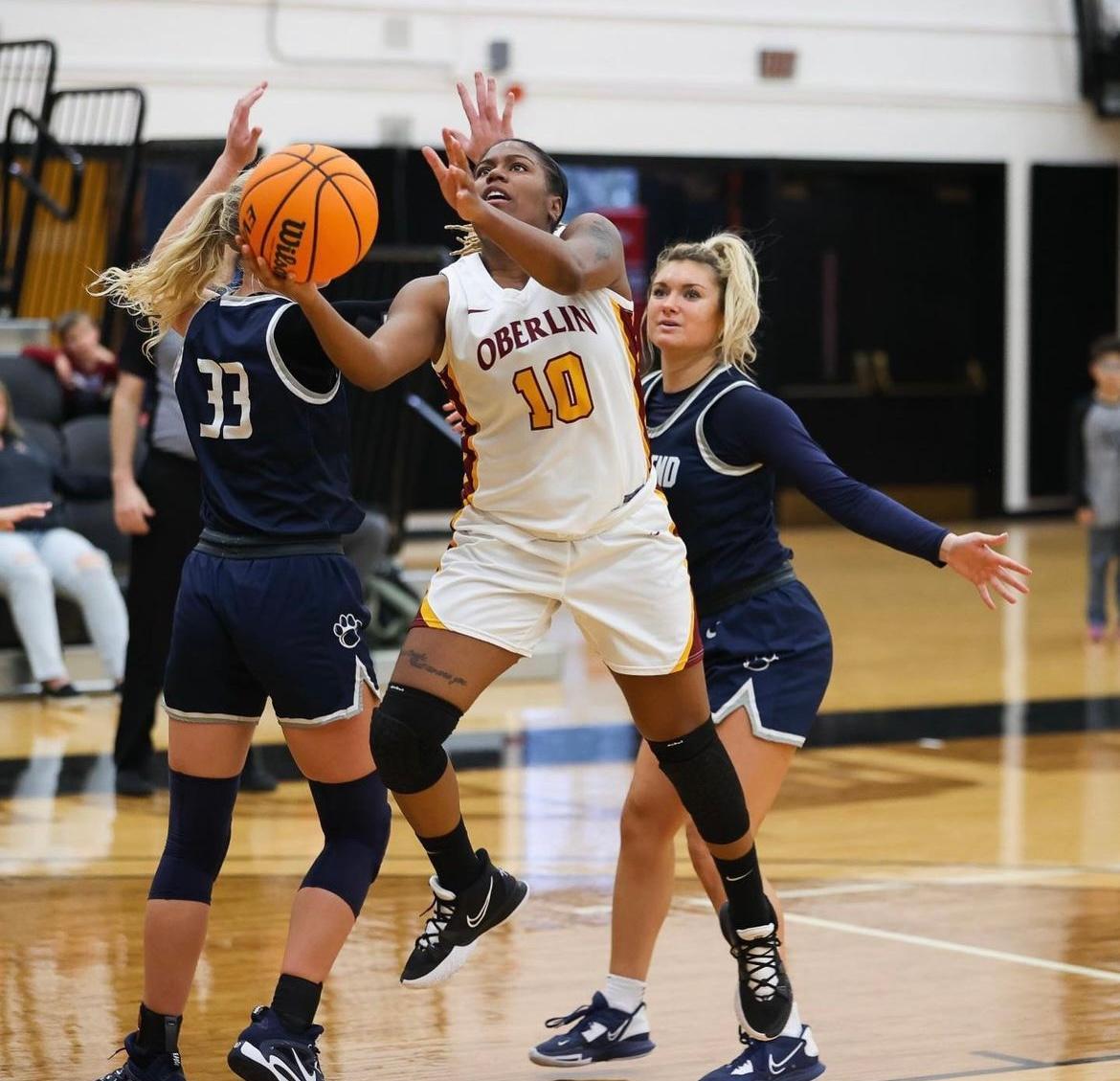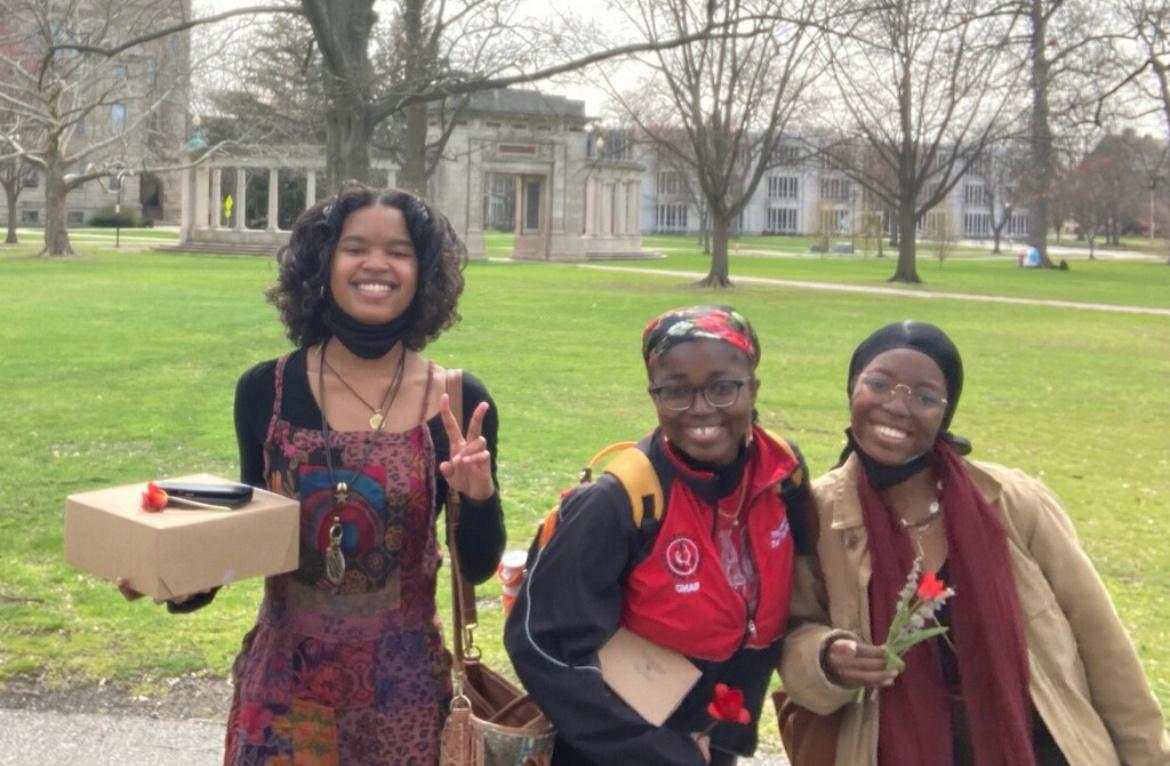
2 minute read
Tseli Mathebula
from BIPOC Lenses Issue 4
by bipoclenses
in california, my grandfather’s budweisers lay mangled on saltillo tiles like legbones, tibias. the heater keeps breaking until the tea in my grandmother’s tumbler has gone cold.
down in mofolo south, the teacher is telling them to eat their chalkdust it tastes just like maize meal until someone chokes.
Advertisement
in ohio, iwisa maize does not exist. and neither do throats without word, all expression relies on the hands. they wrinkle under the pressure but never bend back. an ancient adolescent.
in that body, short nails become a mandolin, slicing skin to aged paper. just the right amount to form an atlas. knuckles as maloti range, textured topography. the amount that folds .
an aeroplane, flown to you. it begins as a blood letter out of instinct, but returns to ink when you ask: ‘enough?’ this separation between body and being. diaspora, convergence, and exodus again. well. is it?
in my palm, a vessel bursts outward, stunts all pursuit of healing. the drum on the body, the side of its own skull. somewhere, my fatoumata is praying: anke djé, anke bé and in georgia appears its hide. the goatskin and hardwood, the way it was used as a bowl, as a boat. the music a more bountiful travel, less map, more matter. enough with routes forgotten, roads grown over. isn’t it easier with only the slap and the bass? nkon, tell me it is smoother: the moment when the hand raises, the silent gasp of anticipation. khulu, isn’t this innate? the far-off taste of the sweat pooled in our narrow piltrum; i can feel your legs heat-glued to the porch chair; do you hear the rag of horses sifting in, the hope gathering, percussing, the promise well. can you? are you watching? as the shavings of my hands reform in pages. or prayer. or something like pangea.
This final project was made in honor of my maternal great-grandmother who I called Abuelita. My Abuelita was an avid fisher and forager; I think that is part of the reason she lived such a long and beautiful life. My vision for this piece was to document her life and experiences as an indigenous person and mother who supported herself and her family by living off the land I hoped to capture the essence of her life force through the use of indigenous plants, texts or artifacts, and imagery My initial hope for this project was that it would come together as an altar through which I could provide her with offerings as she roams the afterlife whatever and wherever that may be I was interested in how motherhood looked for Chuchis; what obstacles she had to face while raising all of her children (on her own) in Mexico during the early 20th century. Ever since I was a child I have revered my great-grandmother as an icon or sacred figure in my life. I relied heavily on my memory to piece together the things I know she liked. December 17th marks the day of her passing and creating this piece has helped me feel more connected to her. I also wanted to take this opportunity to continue exploring and celebrating my (partially) indigenous identity.







